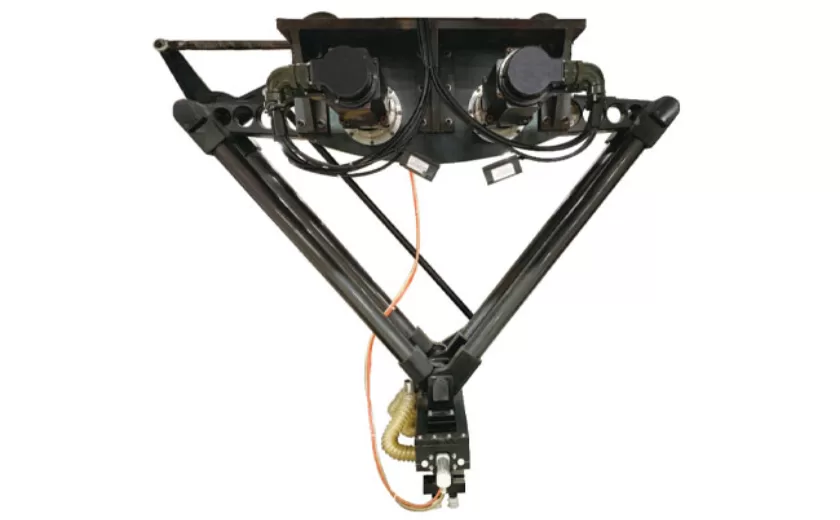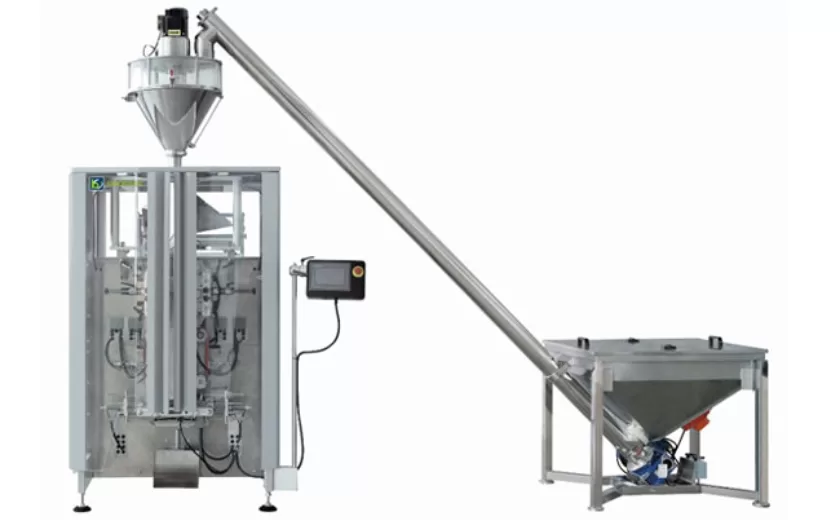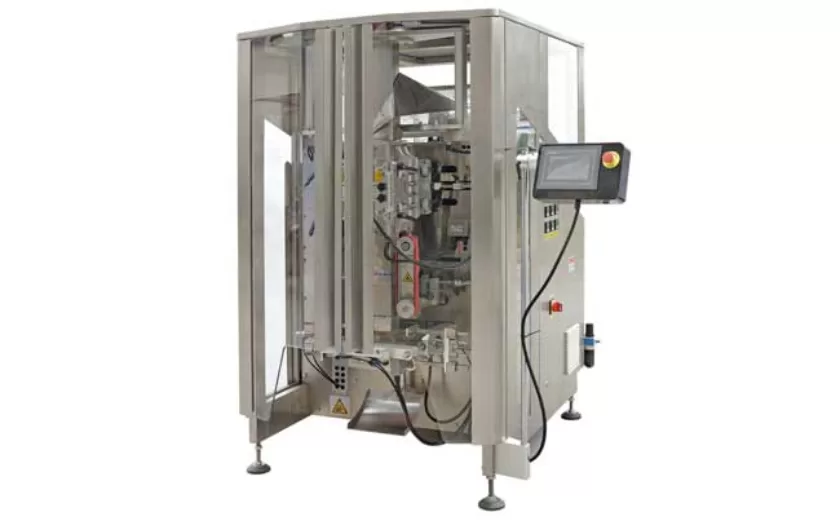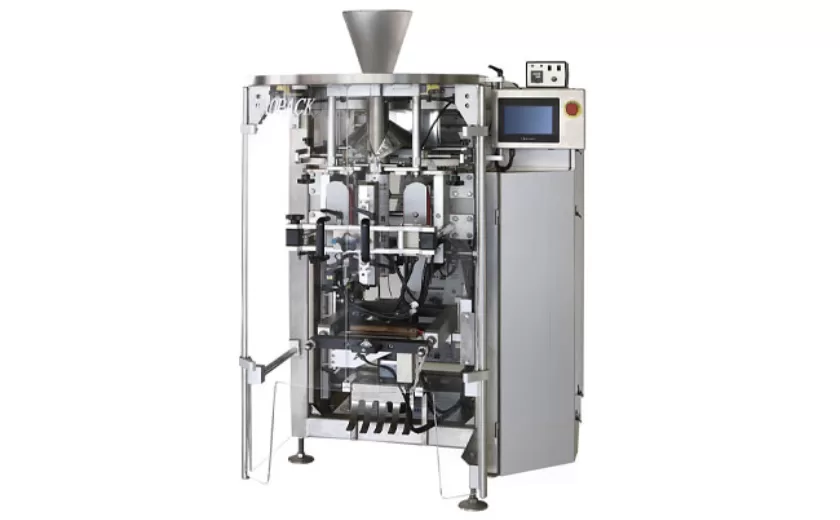Ensuring Consistency in Net Weight Filling Operations
Ensuring consistency in net weight filling operations is crucial for manufacturers in various industries, including food and beverage, pharmaceutical, and chemical. Accurate and consistent filling is essential for product quality, compliance with regulations, and customer satisfaction. This article provides a comprehensive overview of the key factors and best practices involved in achieving consistent net weight filling.
Defining Net Weight Filling
Net weight filling refers to the process of filling a container with a predetermined amount of product, excluding the weight of the container itself. It is typically expressed in units of mass, such as grams or pounds. Consistency in net weight filling ensures that each container contains the correct amount of product, meeting the specifications set by the manufacturer and regulatory agencies.
Factors Influencing Consistency
Numerous factors can influence the consistency of net weight filling operations, including:
Machine Performance
– Precision of filling equipment
– Accuracy of scales and sensors
– Maintenance and calibration
Product Characteristics
– Density and viscosity of the product
– Temperature and flowability
– Presence of particles or solids
Environmental Conditions
– Temperature fluctuations
– Humidity levels
– Vibration or movement
Operator Training and Skill
– Proper training on filling procedures
– Attention to detail and quality control
Best Practices for Consistency
To achieve and maintain consistent net weight filling, manufacturers should implement a comprehensive set of best practices:
Equipment Maintenance and Calibration
Regularly maintain and calibrate filling equipment according to the manufacturer’s recommendations. This includes checking and adjusting scales, sensors, and other critical components.
Process Monitoring and Control
Establish a robust process monitoring and control system. Utilize statistical process control (SPC) tools to track and analyze fill weights and identify trends or deviations.
Product Quality Control
Control product characteristics that affect filling consistency, such as density, viscosity, and temperature. Implement quality control measures to ensure the product meets specifications.
Operator Training and Supervision
Train operators thoroughly on filling procedures and good manufacturing practices (GMPs). Supervise operations to ensure adherence to protocols.
Environmental Control
Maintain a controlled environment for filling operations, including stable temperature, humidity, and vibration levels.
Data Analysis and Root Cause Identification
Analyze data from process monitoring and SPC to identify the root causes of any inconsistencies. Implement corrective actions to address the underlying issues.
Ensuring consistency in net weight filling operations is essential for product quality, compliance, and customer satisfaction. By understanding the key factors involved and implementing best practices, manufacturers can achieve and maintain accurate and reliable filling processes. Regular monitoring, continuous improvement, and a commitment to quality are key to ongoing success in this critical aspect of manufacturing.
-

Advanced Packing Solutions: Snacks, Sugar, and Frozen Food Machines
29-10-2025 -

Efficient and Reliable Solutions for Salt, Nuts, and Frozen Dumplings Packing
29-10-2025 -

High-Performance Biscuits, Lollipop, and Ketchup Packing Machines for Modern Food Production
29-10-2025 -

Efficient Liquid Filling and Packing Machines for Modern Production
23-10-2025 -

Reliable Granule Packaging Machines for Efficient Production
23-10-2025 -

Efficient Auger Powder Filling Machines for Accurate Packaging
23-10-2025 -

High-Performance Liquid Filling and Packing Machines for Hygienic Production
10-10-2025 -

High-Efficiency Granule Packaging Machines for Precision and Speed
10-10-2025 -

High-Precision Auger Type Powder Filling Machines for Efficient Packaging
10-10-2025 -

Efficient Vertical Form Fill Seal Packaging Machines for Smart Production
10-10-2025





